Cayman Brac Iguana For Sale: Your Complete Guide to Owning This Fascinating Reptile
Adding a Cayman Brac iguana to your family is an exciting and unique choice for a pet. These remarkable reptiles are known for their vibrant colors and distinctive appearances, making them a standout addition to any exotic pet collection. This extensive guide will walk you through everything you need to know about Cayman Brac iguanas, from finding one for sale to providing the best care for your new companion.
What is a Cayman Brac Iguana?
The Cayman Brac iguana (Cyclura nubila caymanensis) is a captivating reptile native to the Cayman Brac island in the Caribbean. These iguanas are a sub-species of the Grand Cayman Blue Iguana and are known for their impressive size and striking appearance.
Physical Characteristics
– **Size**: Adult Cayman Brac iguanas can grow up to 5 feet in length, including their tail. Males are typically larger than females.
– **Coloration**: Their skin ranges from blue-green to dark green, with a robust, muscular build. Their coloration helps them blend into their natural habitat, though they are strikingly beautiful in captivity.
– **Head and Body**: They have a large, blocky head with prominent spines running down their back, which adds to their distinctive look.
Habitat in the Wild
In their natural habitat, Cayman Brac iguanas live in the semi-arid environment of Cayman Brac island. They are arboreal, meaning they spend much of their time in trees, and they also make use of rocky crevices for shelter. Their diet in the wild consists primarily of leaves, flowers, and fruits.
Why Choose a Cayman Brac Iguana?
Choosing a Cayman Brac iguana as a pet can be a rewarding experience due to their unique characteristics and fascinating behaviors.
Unique Appearance
Their vibrant blue-green coloration and robust build make Cayman Brac iguanas visually striking. This unique appearance is a significant reason why many reptile enthusiasts are drawn to them. Their beautiful scales and regal posture are sure to captivate anyone who sees them.
Intelligent and Curious Behavior
Cayman Brac iguanas are highly intelligent reptiles with curious and active behaviors. They can be trained to recognize their owners and respond to their names. Their inquisitive nature makes them entertaining pets as they explore their environment and interact with their surroundings.
Conservation and Education
By owning a Cayman Brac iguana, you support conservation efforts aimed at preserving this endangered species. Many breeders and conservationists work to protect and maintain healthy populations of these iguanas, which helps ensure their survival in the wild. Additionally, having a Cayman Brac iguana as a pet can be an educational experience, allowing you to learn more about this fascinating species and share that knowledge with others.
Finding a Cayman Brac Iguana For Sale
Finding a Cayman Brac iguana for sale requires careful research and consideration. Here’s a detailed guide on how to locate a reputable source:
Researching Breeders
1. **Reputation**: Start by looking for breeders who specialize in Cayman Brac iguanas. Research their reputation within the reptile community. Look for reviews and testimonials from previous customers to gauge their credibility.
2. **Licensing and Certification**: Ensure the breeder is licensed and adheres to ethical breeding practices. They should be able to provide documentation of their operations and compliance with local and federal regulations.
Visiting Breeding Facilities
1. **Conditions**: If possible, visit the breeder’s facility in person. Check for cleanliness, proper housing, and the overall health of the iguanas. The environment should be well-maintained, with appropriate space and enrichment for the reptiles.
2. **Health Check**: Observe the iguanas for signs of good health, such as clear eyes, healthy skin, and active behavior. A reputable breeder will be transparent about the health and lineage of their iguanas.
Verifying Legality
1. **Permits and Regulations**: Verify that the sale and ownership of Cayman Brac iguanas are legal in your area. Some regions may have specific regulations or require permits for owning exotic reptiles.
2. **Documentation**: Ensure that the breeder provides proper documentation, including health certificates and proof of legal compliance.
Online Listings
1. **Search Keywords**: Use search terms like “Cayman Brac Iguana For Sale,” “baby Cayman Brac iguana,” and “Cayman Brac iguana pet” to find available listings.
2. **Verify Sellers**: Be cautious of online sellers and ensure they are reputable. Look for reviews and feedback from previous buyers, and avoid deals that seem too good to be true.
Costs and Considerations
Owning a Cayman Brac iguana involves a financial commitment beyond the initial purchase price. Here’s a breakdown of the costs and considerations:
Purchase Price
The cost of a Cayman Brac iguana can vary significantly based on factors such as age, lineage, and the breeder’s reputation. Baby Cayman Brac iguanas generally cost more due to their rarity and the care required to raise them.
Habitat Setup
1. **Enclosure**: Cayman Brac iguanas need a large, secure enclosure with plenty of space to climb and explore. A minimum of 6x4x4 feet is recommended for an adult iguana. The enclosure should have sturdy branches, hiding spots, and a basking area.
2. **Heating and Lighting**: Proper heating and UVB lighting are crucial for the iguana’s health. Install heat lamps and UVB bulbs to mimic natural sunlight and maintain appropriate temperatures and humidity levels
.
3. **Humidity and Substrate**: Maintain humidity levels between 60-80% to mimic their natural habitat. Use a substrate that retains moisture, such as coconut coir or a mix of soil and sand.
Veterinary Care
Regular veterinary check-ups are essential for maintaining the health of your Cayman Brac iguana. Find a veterinarian with experience in exotic reptiles and schedule routine exams. Be prepared for potential medical expenses, including treatments for common issues such as metabolic bone disease or respiratory infections.
Diet and Nutrition
1. **Feeding**: Cayman Brac iguanas require a balanced diet consisting of fresh vegetables, fruits, and high-quality iguana food. Avoid feeding them high-protein or fatty foods, as these can lead to health problems.
2. **Supplements**: Provide calcium and vitamin D3 supplements to prevent nutritional deficiencies and support healthy bone development.
Time and Attention
Caring for a Cayman Brac iguana requires daily interaction and attention. They are social animals that thrive on mental stimulation and physical activity. Be prepared to spend time interacting with your iguana, providing enrichment, and ensuring their habitat remains clean and well-maintained.
Legal and Ethical Considerations
Owning a Cayman Brac iguana comes with legal and ethical responsibilities:
Local Regulations
Check with local authorities to understand the regulations regarding the ownership of Cayman Brac iguanas in your area. Some regions have specific rules or restrictions on exotic pets.
Ethical Breeding Practices
Support breeders who prioritize the health and well-being of their iguanas. Avoid purchasing from sources with questionable breeding practices or poor living conditions. Ethical breeders will be transparent about their practices and provide a safe and healthy environment for their animals.
Preparing for Your Cayman Brac Iguana
Proper preparation is essential for ensuring a smooth transition for your new pet. Here’s a detailed guide on how to prepare:
Setting Up the Habitat
1. **Enclosure Design**: Design the enclosure to provide plenty of climbing opportunities and hiding spots. Include branches, rocks, and other structures to mimic their natural environment.
2. **Temperature and Humidity Control**: Install heat lamps and UVB lighting to maintain appropriate temperatures and humidity levels. Use a thermometer and hygrometer to monitor conditions regularly.
3. **Enrichment**: Provide toys and interactive items to keep your iguana mentally stimulated. Rotate toys and add new items to prevent boredom.
Establishing a Routine
1. **Feeding Schedule**: Develop a consistent feeding schedule and offer a varied diet to meet your iguana’s nutritional needs. Monitor their eating habits and adjust the diet as needed.
2. **Cleaning and Maintenance**: Clean the enclosure regularly to prevent the buildup of waste and bacteria. Replace bedding and sanitize surfaces as needed.
Building a Bond
1. **Socialization**: Spend time interacting with your iguana to build trust and strengthen your bond. Handle them gently and provide positive reinforcement to encourage friendly behavior.
2. **Training**: Train your iguana to recognize you and respond to simple commands. Use treats and positive reinforcement to make training enjoyable for both you and your pet. Health and Care
Maintaining your Cayman Brac iguana’s health requires attention to several key areas: Diet and Nutrition
1. **Balanced Diet**: Offer a diet that includes a variety of fresh vegetables, fruits, and iguana food. Ensure the diet is well-balanced and meets the iguana’s nutritional requirements.
2. **Hydration**: Provide clean, fresh water at all times. Monitor your iguana’s water intake and ensure they remain properly hydrated.
Veterinary Care
1. **Routine Check-Ups**: Schedule regular veterinary visits to monitor your iguana’s health and address any potential issues. Regular exams can help catch problems early and ensure your iguana remains in good health.
2. **Health Issues**: Be aware of common health issues in iguanas, such as metabolic bone disease, respiratory infections, and skin problems. Consult a veterinarian if you notice any signs
of illness.
Grooming
1. **Skin and Nails**: Monitor your iguana’s skin and nails for signs of issues. Regularly inspect for signs of shedding problems or infections.
2. **Enclosure Maintenance**: Keep the enclosure clean and free of waste to prevent health problems. Regularly replace bedding and clean surfaces. Common Issues and Solution
As an owner of a Cayman Brac iguana, you may encounter some common issues. Here’s how to address them: Skin Problems
1. **Shedding Issues**: If your iguana is having trouble shedding, ensure that the humidity levels in the enclosure are appropriate. Provide a soaking area or mist the enclosure to help with the shedding process.
2. **Skin Infections**: Monitor for signs of skin infections, such as redness, swelling, or sores. Consult a veterinarian if you notice any abnormalities.
Behavioral Issues
1. **Aggression**: Aggressive behavior can result from stress, inadequate habitat conditions, or lack of socialization. Review your iguana’s environment and handle them gently to reduce aggression.
2. **Stress**: Stress can be caused by environmental factors or changes in routine. Ensure the habitat is stable and provide plenty of enrichment to reduce stress.
Dietary Problems
1. **Loss of Appetite**: If your iguana is not eating, check the diet and ensure it is varied and nutritious. Consult a veterinarian if the loss of appetite persists.
2. **Nutritional Deficiencies**: Monitor for signs of nutritional deficiencies, such as poor growth or deformities. Adjust the diet and provide supplements as needed.
Conclusion
Owning a Cayman Brac iguana can be a fulfilling and enriching experience, but it requires careful planning and commitment. Whether you’re looking for a “Cayman Brac Iguana For Sale,” a “baby Cayman Brac iguana,” or a “Cayman Brac iguana pet,” make sure to choose a reputable source and prepare thoroughly for your new companion.
At New York Reptiles, we are dedicated to providing you with the information and resources you need to make informed decisions about your exotic pets. If you have any questions or need further assistance, feel free to reach out to us. We’re here to support you in providing the best possible care for your Cayman Brac iguana, ensuring a happy and healthy life for your new pet.
Be the first to review “Cayman Brac Iguana For Sale -1 Best Exotic Pets for Sale” Cancel reply
Related products
Rated 4.25 out of 5
$699.99
Rated 5.00 out of 5
$399.99
$349.99
Rated 4.50 out of 5
$3,500.00

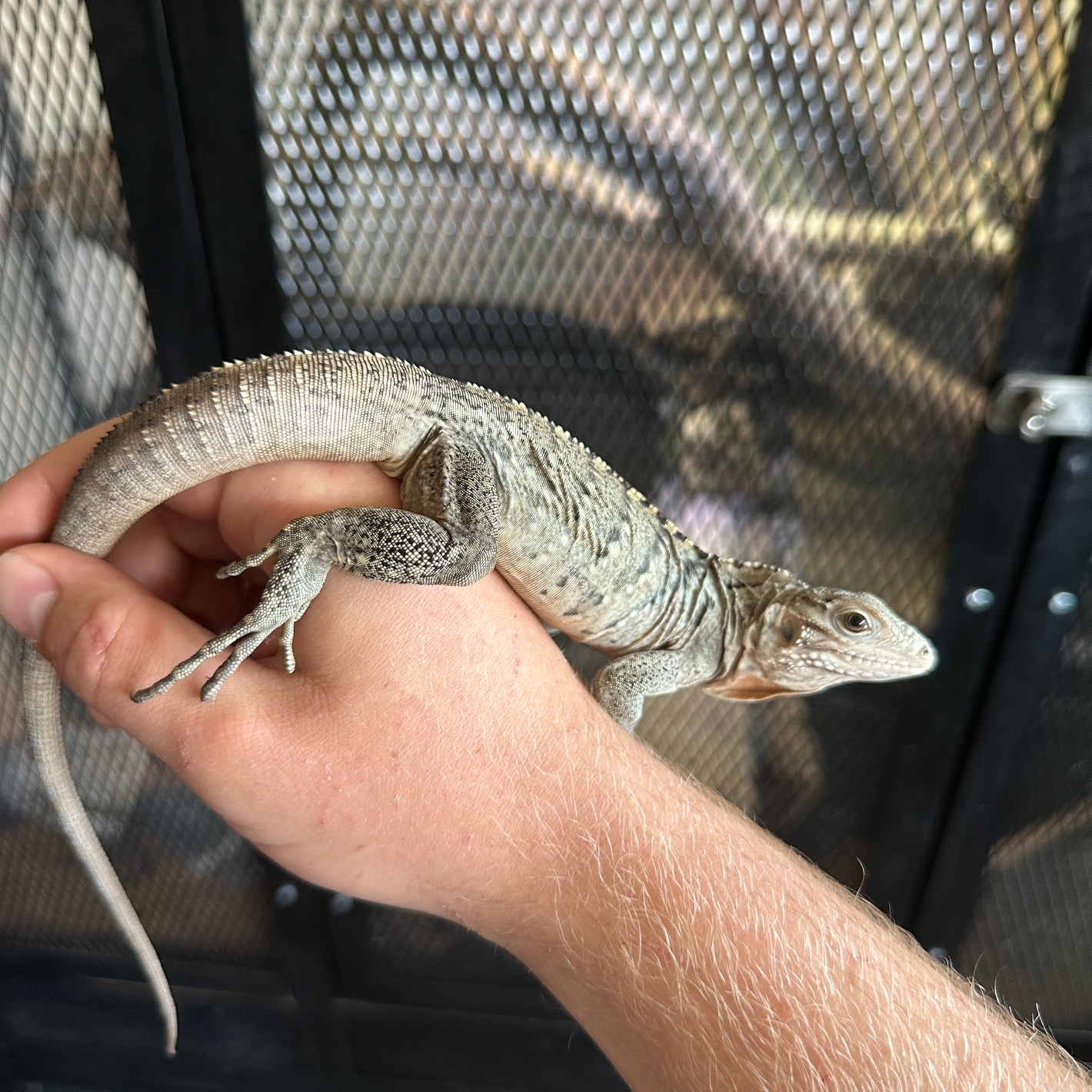
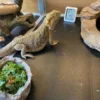

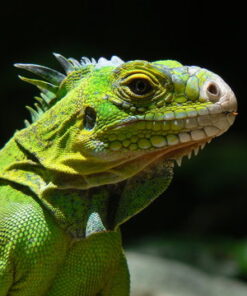
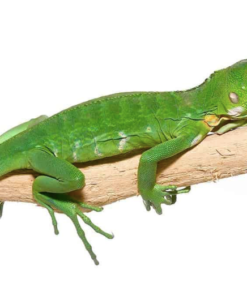


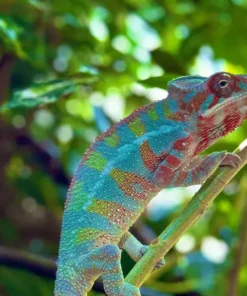

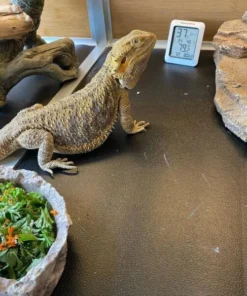
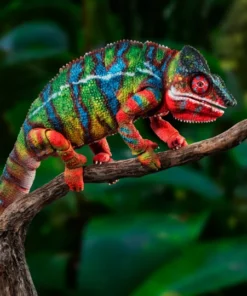
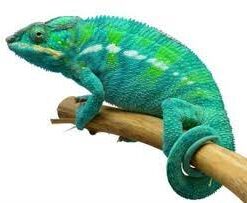
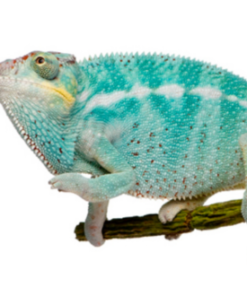
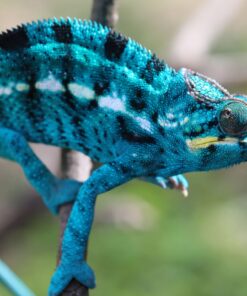
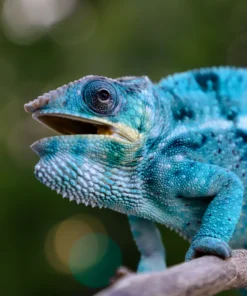


Reviews
There are no reviews yet.